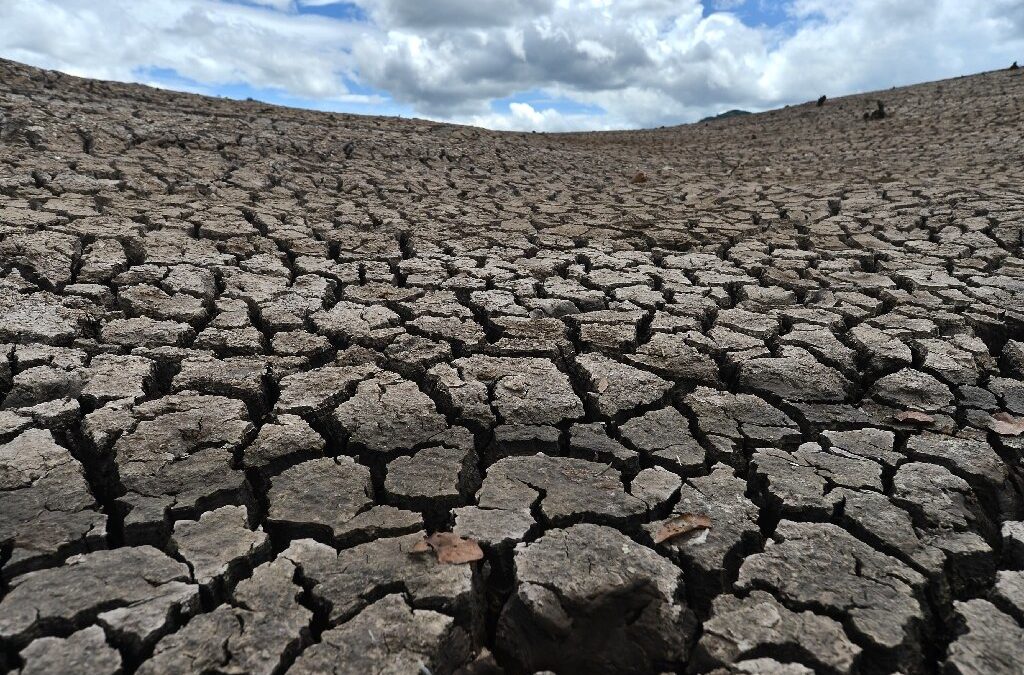SOURCE: Phys.Org
DATE: January 14, 2020
SNIP: New climate models show carbon dioxide is a more potent greenhouse gas than previously understood, a finding that could push the Paris treaty goals for capping global warming out of reach, scientists have told AFP.
Developed in parallel by separate teams in half-a-dozen countries, the models—which will underpin revised UN temperature projections next year—suggest scientists have for decades consistently underestimated the warming potential of CO2.
Vastly more data and computing power has become available since the current Intergovernmental Panel on Climate Change (IPCC) projections were finalised in 2013.
“We have better models now,” Olivier Boucher, head of the Institut Pierre Simon Laplace Climate Modelling Centre in Paris, told AFP, adding that they “represent current climate trends more accurately”.
The most influential projections from government-backed teams in the US, Britain, France and Canada point to a future in which CO2 concentrations that have long been equated with a 3C world would more likely heat the planet’s surface by four or five degrees.
For more than a century, scientists have puzzled over a deceptively simple question: if the amount of CO2 in the atmosphere doubles, how much will Earth’s surface warm over time?
The resulting temperature increase is known as Earth’s “climate sensitivity”.
That number has been hard to pin down due to a host of elusive variables. Whether oceans and forests, for example, will continue to absorb more than half of the CO2 emitted by humanity is hard to predict.
“How clouds evolve in a warmer climate and whether they will exert a tempering or amplifying effect has long been a major source of uncertainty,” explained Imperial College London researcher Joeri Rogelj, the lead IPCC author on the global carbon budget—the amount of greenhouse gases that can be emitted without exceeding a given temperature cap.
The new models reflect a better understanding of cloud dynamics in at least two ways that reinforce the warming impact of CO2.
Zelinka said new research had confirmed high clouds in the bottom layer of Earth’s atmosphere boost the Sun’s radiation—and global heating accentuates that dynamic.
“Another big uncertainty has been how low clouds will change, such as stratocumulus decks of the west coast of continents,” he said.
“You have 12 or 13 models showing sensitivity which is no longer 3C, but rather 5C or 6C with a doubling of CO2,” he told AFP. “What is particularly worrying is that these are not the outliers.”
Models from France, the US Department of Energy, Britain’s Met Office and Canada show climate sensitivity of 4.9C, 5.3C, 5.5C and 5.6C respectively, Zelinka said.
“You have to take these models seriously—they are highly developed, state-of-the-art.”
Among the 27 new models examined in Zelinka’s study, these were also among the ones that best matched climate change over the last 75 years, a further validation of their accuracy.
Recent observations suggest this type of cloud cover decreases with warming, which means less of the Sun’s energy gets bounced back into space by white surfaces.
“Climate sensitivity has been in the range of 1.5C to 4.5C for more than 30 years. If it is now moving to between 3C and 7C, that would be tremendously dangerous.“

